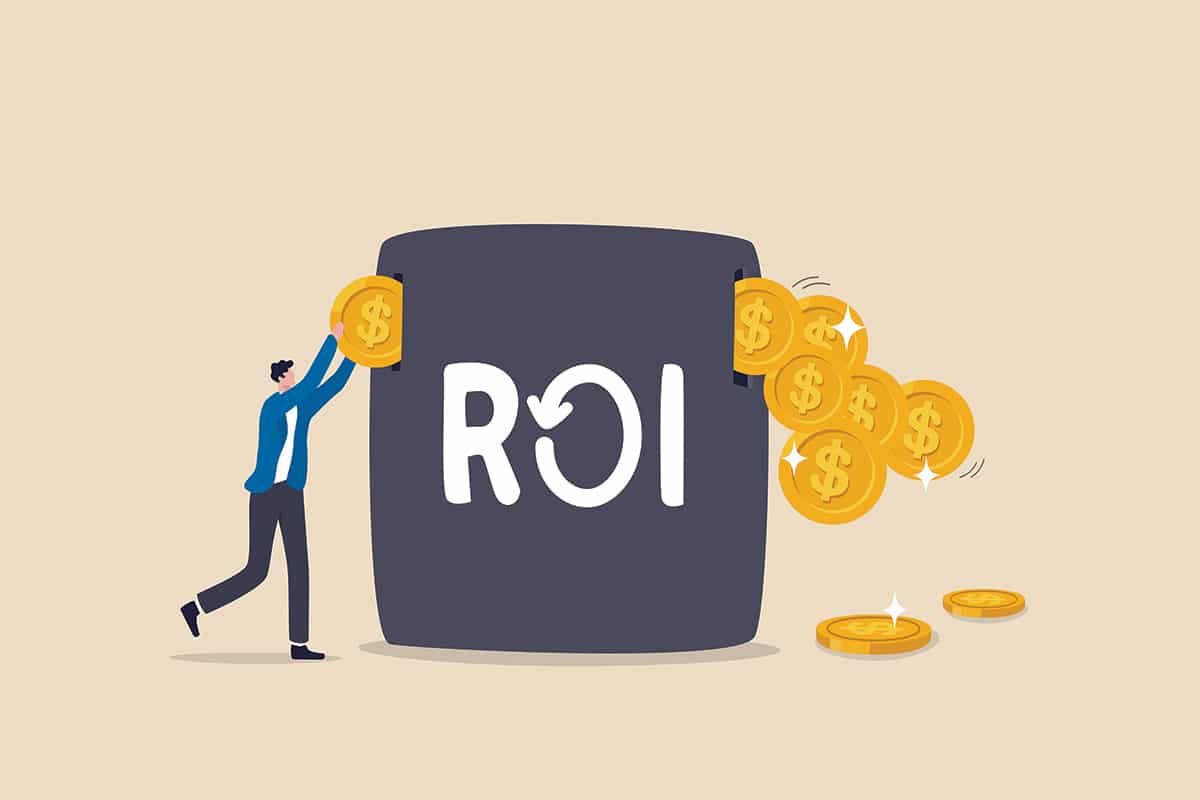Maximize Inventory Optimization ROI with AI: Expert Guide
Inventory Optimization ROI (Return on Investment) is the gold standard for measuring the true impact of your supply chain initiatives. Companies that leverage AI-driven inventory optimization not only reduce costs and boost service levels – they also unlock working capital and build resilience against disruptions. This guide reveals proven strategies, real-world benchmarks, and a step-by-step ROI formula, so you can confidently justify your investment and drive measurable business growth.
What Is ROI in Inventory Optimization?
ROI is a financial metric that evaluates the profitability of an investment relative to its cost. In the context of inventory optimization, ROI measures how much value your business gains – through cost savings, efficiency improvements, and revenue uplift – compared to what you spent on implementing the supply chain solution. Unlike traditional approaches, modern inventory optimization leverages AI and advanced analytics to deliver faster, more accurate results.

Key Metrics That Drive Inventory Optimization ROI
Below are the most critical metrics to track before and after optimization implementation. These make up the “benefit” side of the ROI equation and are essential for a data-driven approach.
1. Inventory Holding Costs
These include storage, insurance, depreciation, and capital costs tied up in unsold inventory.
- Before optimization: Excessive safety stock due to poor demand forecasts or outdated replenishment models.
- After optimization: AI-driven demand sensing reduces uncertainty, allowing for leaner stock levels while still protecting service levels.
- Impact: 15%–30% reduction in inventory holding costs is common.
2. Stockouts and Lost Sales
Every time a customer order can’t be fulfilled due to a stockout, the business risks not only lost revenue, but also diminished brand trust.
- Before: Frequent backorders, delayed shipments, and revenue loss.
- After: Improved demand accuracy and replenishment speed, reducing stockouts.
- Impact: 20%–50% reduction in stockouts, leading to direct revenue recovery.
3. Service Level Improvements
Service levels refer to the ability to fulfill customer demand on time and in full. Higher service levels lead to improved customer satisfaction, fewer penalties, and better retention.
- ToolsGroup enables SKU-location-specific service level targeting.
- Clients often achieve >99% service levels after implementation.
4. Freed Up Working Capital
Excess inventory ties up cash that could otherwise be used for growth, innovation, or debt reduction.
- Before: Cash tied up in slow-moving or obsolete stock.
- After: Better inventory turnover reduces Days Inventory Outstanding (DIO).
- Impact: Millions in working capital can freed up.
5. Obsolescence and Write-Off Reduction
Poor demand forecasting leads to expired, outdated, or unsellable inventory – especially in industries like pharma, fashion, and electronics.
- ToolsGroup’s AI learns from demand signals to better predict slow movers, reduce write-offs, and improve gross margin.

Putting the Inventory Optimization ROI Equation to Work
Step-by-Step ROI Calculation
Let’s walk through an example:
| Metric | Before ToolsGroup | After ToolsGroup | Gain |
| Inventory value | $10M | $7.5M | $2.5M |
| Stockouts/year | $500K in lost sales | $200K | $300K |
| Inventory write-offs | $300K | $150K | $150K |
| Total annual benefit | $2.95M |
Solution cost: $750K (software, implementation, training)
ROI = ($2.95M – $750K) / $750K = 293%
Cost Inputs to Consider
Calculating ROI also requires understanding the total cost of ownership of your inventory optimization solution. This includes:
- Software subscription or license fees
- Implementation and configuration costs
- Integration with ERP or WMS
- Training and ongoing support
- Internal resource allocation (project teams)
ToolsGroup’s modular, scalable deployment options make it possible to right-size your investment based on supply chain complexity and business goals.

Real-World Inventory Optimization ROI Benchmarks
ToolsGroup customers consistently report high returns on their optimization investments. Typical benefits include:
- 15–30% reduction in inventory
- 20–50% fewer stockouts
- 5–10 point improvements in service levels
- Payback periods of 6–12 months
These results vary by industry and starting maturity level, but they consistently demonstrate strong financial outcomes.
Addressing Modern Supply Chain Challenges
Inventory optimization is more critical than ever in the face of global disruptions, inflation, and demand volatility. AI-driven solutions adapt quickly to new patterns, helping businesses maintain service levels and profitability even in uncertain times.
Limitations and Considerations
While ROI calculations are powerful, they do come with caveats:
- Baseline accuracy matters: If your “before” data isn’t reliable, your ROI may be skewed.
- External factors: Events like COVID, inflation, or supply chain disruptions can affect short-term results.
- Cross-functional benefits: Improvements in customer service are harder to quantify but significant.
Working with ToolsGroup gives you access to experienced supply chain consultants who can help ensure ROI assessments are grounded in solid data.

Why ToolsGroup?
ToolsGroup goes beyond traditional inventory tools. Our platform:
- Uses AI and probabilistic forecasting to deliver superior accuracy
- Enables SKU-specific service level targeting
- Continuously learns and adapts based on changing demand patterns
- Allows scenarios simulation and ROI forecasting before go-live
Our clients don’t just gain efficiency – they build resilient, responsive, and future-ready supply chains.
FAQs
How soon will I see Inventory Optimization ROI after implementation?
Most companies see tangible improvements within 3-6 months, with full ROI typically realized in 6-12 months.
What industries benefit most from inventory optimization?
Any business with complex demand and distribution networks benefits – especially retail, wholesale, manufacturing, pharmaceuticals, food & beverage, and consumer packaged goods (CPG).
Does inventory optimization require replacing my ERP?
No. ToolsGroup integrates with major ERPs (SAP, Oracle, Microsoft Dynamics, etc.) and can sit on top of your existing systems to provide enhanced forecasting and replenishment intelligence.
What if demand is highly seasonal or volatile?
ToolsGroup specializes in managing complex, volatile demand environments. Our machine learning models adapt quickly to new patterns and incorporate real-time data.
Ready to Calculate Your ROI?
Our team can help you assess your current inventory performance and project your potential ROI based on proven benchmarks.





